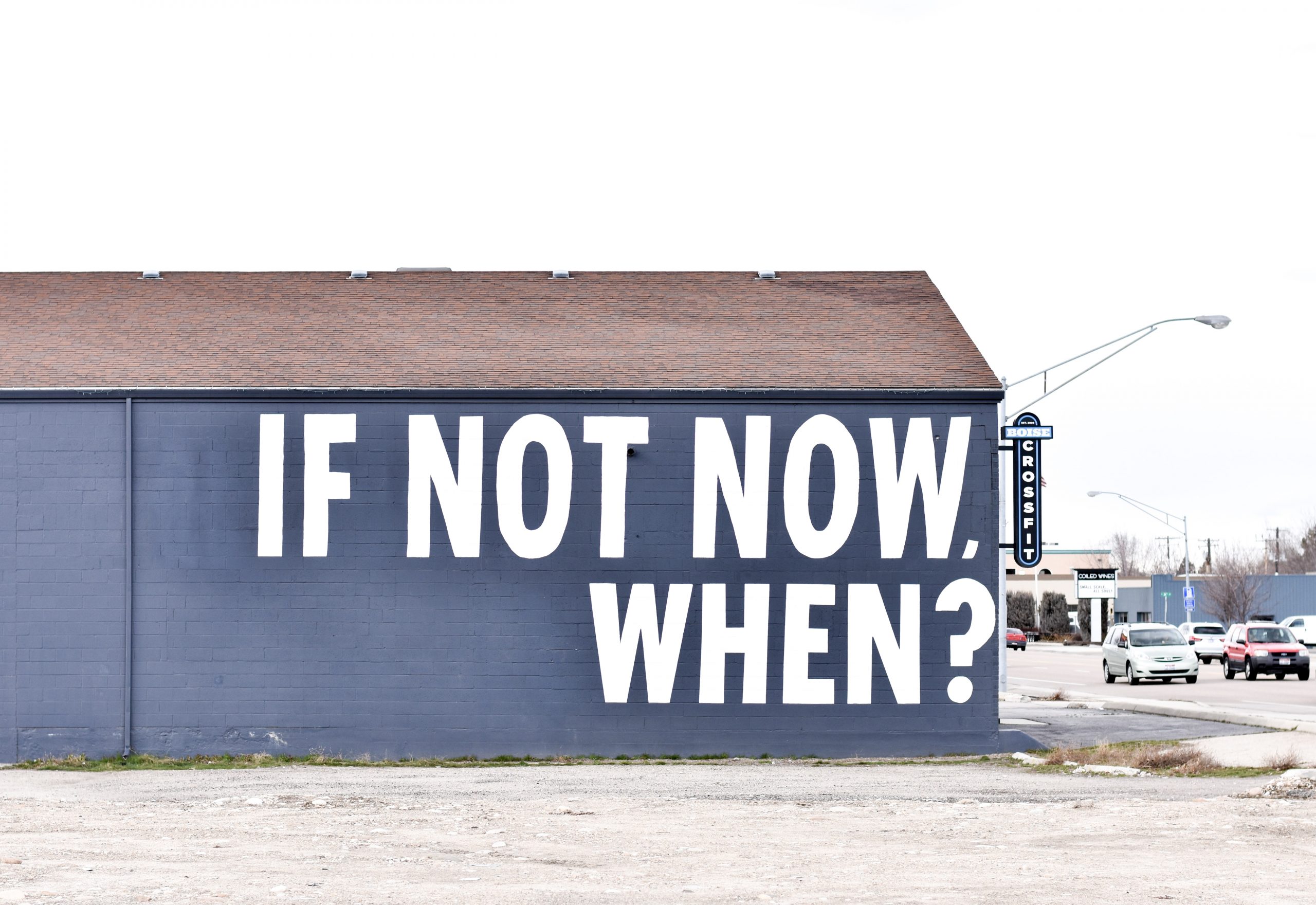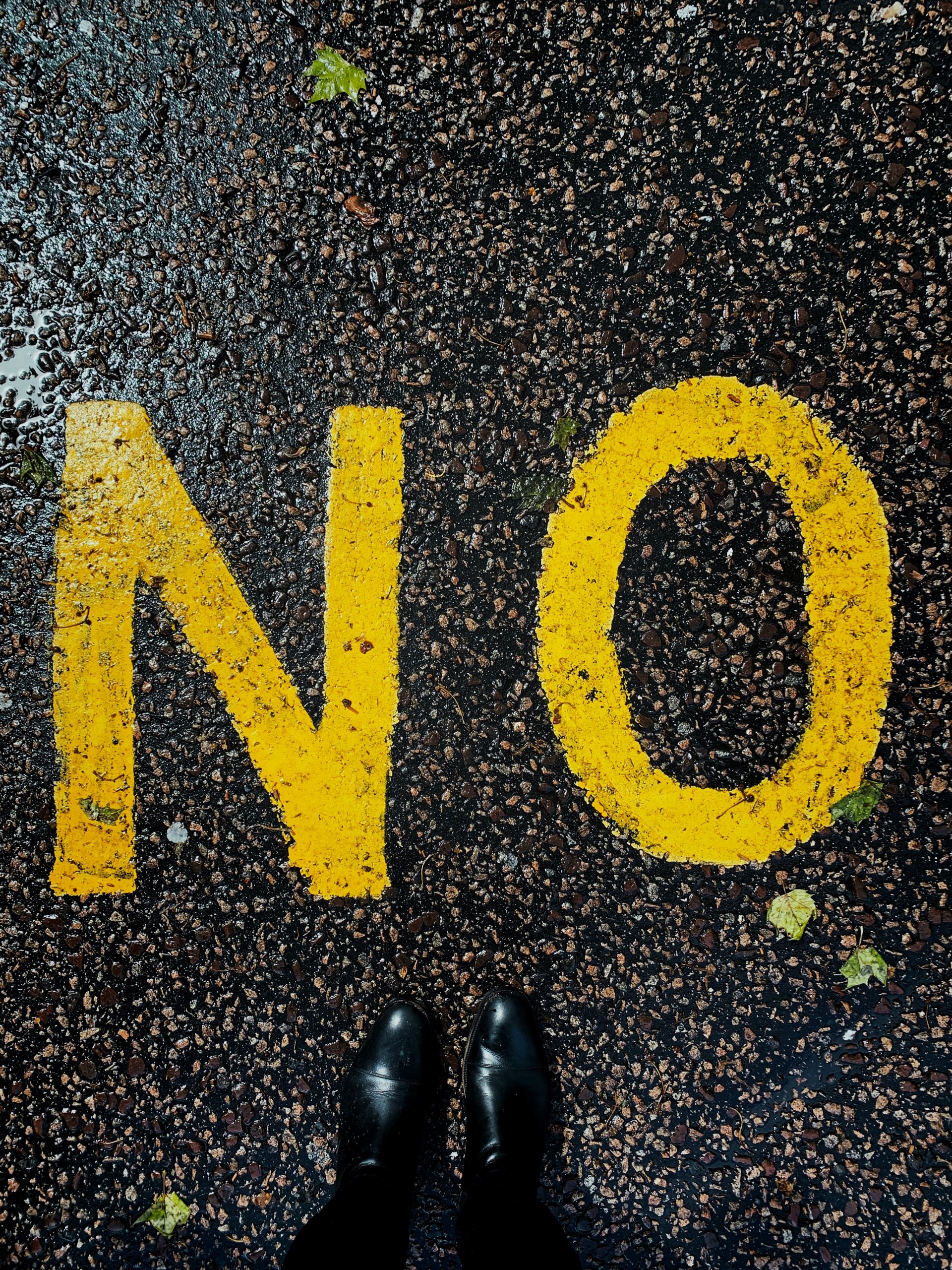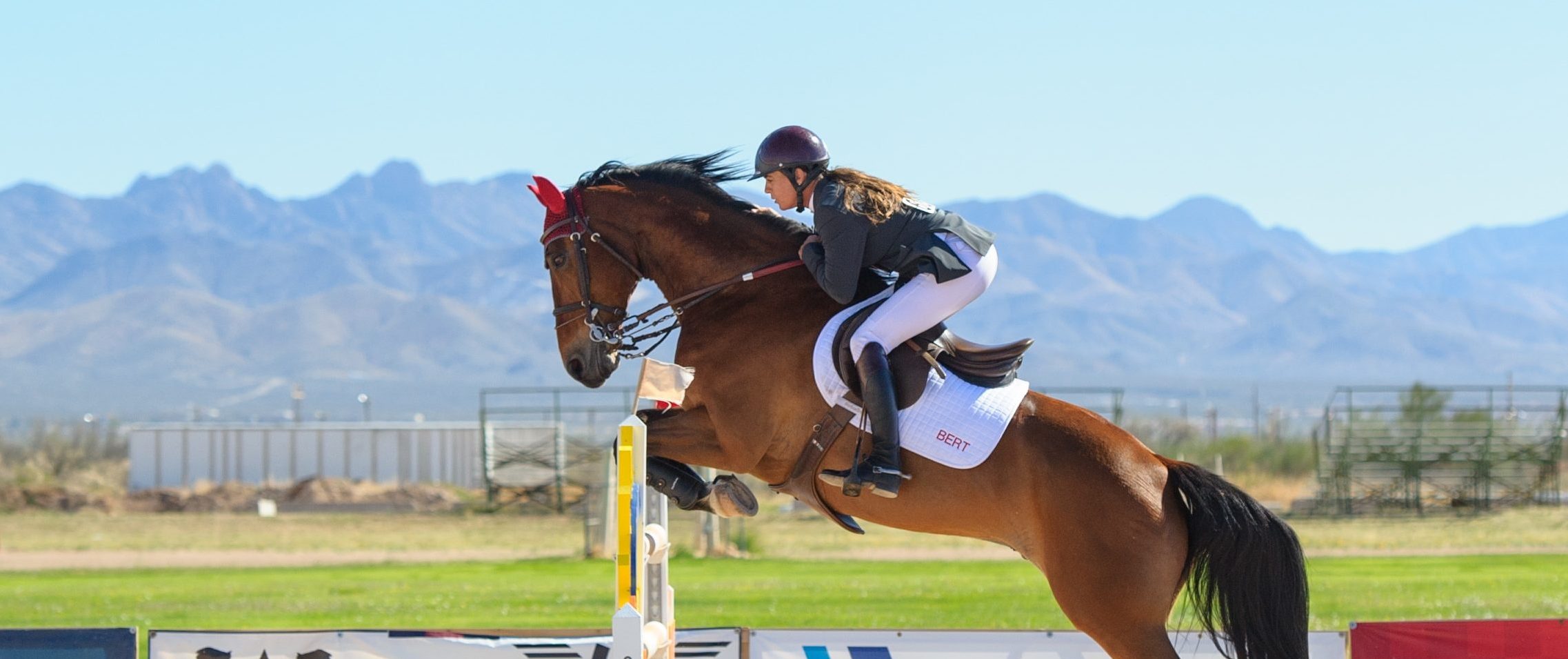How are you with decisions? Do you put them off as long as possible? Until others decide or the situation clears itself up? Or do you decide impulsively to get it over and done with and be “in control” again? Do you analyze the pros and cons in detail and spend days thinking about what’s best? Or do you decide on a gut level?
Making decisions is often not easy.
Even supposedly easy decisions can wear us out: “Do I go to work by bike or car today?”, “Do I add this sentence in the email or not?”, “Do I start with task A or B?” or “Where do we go on holidays?”
For more difficult decisions such as “Should I quit my job?” “Do I take job A or B?”, “Do I buy a house in the country or stay in the city?”, “Which coaching training will I start?”, “What will I include in my living will? ”or“ How do I best invest my money? ” we stumble.
Why is it so difficult to make decisions?
We are afraid to make the wrong decision.
We fear to lose something: our partner, friends, status, money, job satisfaction or whatever we were hoping to get from the “right” decision.
And we worry to be worse off than before. Or to make a mistake, to fail.
And then to be the one who’s fault it was.
Many of us have learned to make decisions based on the “win-lose-model”.
In the “win-lose-model” there is one right and one wrong decision.
Either A or B is correct.
As a result we rack our brains to find the correct one.
We desperately want to get it right and try hard not to choose the wrong one.
Pure stress oftentimes! Of course, the decision is given much more weight than it deserves.
That’s a point where we like to postpone the decision and not make it at all.
And after the decision?
We think “Was that the right choice?” And the headache starts again. The “win-lose-model” makes us unhappy and weak. (cf. Susan Jeffers, Feel the Fear and do it anyway).
Which mindset supports us to make decisions?
Making decisions according to the “win-win-model”
In this model there are also two options A and B.
Here, both options are correct.
Every path, A and B, has advantages and consequences.
Each one offers new experiences and opportunities to grow.
No matter what I choose – I can only win! Regardless of the outcome.
For instance, I want to to decide what to do next in my career.
I can either become a manager in another company (option A).
Or I can start my own business as a Coach (option B).
Both ways are exciting. Both ways are “right”.
I choose B.
If, in a year or two, it turns out that being self-employed isn’t for me, that’s ok. I then know much more what I want and what I don’t want. And I have experienced and learned new skills that I would not have encountered by choosing option A.
Maybe I will choose A next or maybe I will go for completely different option.
No matter what I do, I can only win 🙂
Tipp 1: Take on the “I can only win” mindset! Tell yourself “I can only win” – no matter how I decide and how it turns out.
What else helps you make a decision?
In their book “Decisive”, the Heath brothers recommend this (WRAP) process:
W – Widen Your Options
R – Reality Test Your Assumptions
A – Attain Distance
P – Prepare to be Wrong
Tip 2: Widen your options!
We often only see “either – or” when making decisions: “Will I do it or not?”, “Will I choose A or B? “. As a result, we choose between a very limited range and do not consider many options that are available – the so-called “narrow framing bias” occurs. (cf. Chip & Dan Heath, Decisive; framing effect in https://lexikon.stangl.eu/)
How can you widen your options?
- Ask yourself: What other options are there? Brainstorm other possibilities!
- Exchange ideas with people who have already made the decision and ask them about their experiences and learnings!
- “And” instead of “Or”: See if you can combine options (e.g. reduce hours in your job & be part-time self-employed!)
Tip 3: Challenge your assumptions!
We are all influenced by “Confirmation Bias”: We search, interpret and choose options that confirm our attitude to life, our values or beliefs. (cf. Chip & Dan Heath, Decisive; Confirmation Bias in https://lexikon.stangl.eu/)
How can you counteract this?
- Get yourself a “Challenger”: Let this person ask provocative questions and help you uncover what you don’t see!
- Reality-Test your assumptions: shadow someone for a day who does what you want to do or work in the position you want to work in for a day or two to see how it feels like.
At this point, you have many options and you have challenged them.
Now it’s time to decide 😉 But before you do that:
Tip 4: Attain distance!
To avoid making decisions based on short-term emotions – i.e. to stop having to cope with ambiguity (the loss of control if you will), attain distance or change your perspective!
How does that work?
- Delay the decision! Wait as long as possible until you decide! Be aware of when your options “expire” and a decision is due. Until then, keep all options open and make your decision as late as possible! (cf. “Real Options”, https://www.infoq.com/articles/real-options-enhance-agility/)
- Use the 10/10/10 principle: Ask yourself how you feel about the decision in 10 minutes, 10 months and 10 years?
> What we find unpleasant in 10 minutes (e.g. asking for help), we will probably have forgotten in 10 years 😉 And what is very important to us looking back from 2030 is worth being brave for in 10 minutes! (see Chip & Dan Heath, Decisive)
- Take the perspective of a Consultant: What would I advise my best friend here?
Changing perspectives I also what I do in Coaching a lot! Try it & do a 1-on-1 Coaching Session with me! Especially, if there is a topic where you are stuck or a new attitude would be helpful.
Tip 5: Prepare to be wrong!
It might turn out that your decision feels different than you had expected or that it comes with unhoped-for consequences. We are often too confident (“overconfident”) to asses the future correctly. So be prepared to be wrong. Things may turn out differently than you think! (cf. Chip & Dan Heath, Decisive)
How?
- Think about obstacles that can occur! And make a plan how you want to deal with them. Research shows that by doing this you are not only more likely to overcome these hurdles when they occur. You are also making a much more informed decision. You know a lot more about what you are getting yourself into. And, you may even realize that you don’t want it enough to make the investment it takes. In that case, you have the chance to “optout” here. (cf. Jonathan Fields, Success Scaffolding)
- See it as an Experiment: Allow yourself 3 months to experience your decision and then do a check-in with yourself: How am I? Do I want this? What else do i need?
Tip 6: Be clear about your priorities in life!
If you know your priorities in life, if you are clear on what’s important to you and what gives your life meaning, you can use it as a compass for making decisions:
Does the decision bring me closer to my vision?
Do I live my “Purpose” more by choosing this? Do I make the difference that I want to make?
Do I live my values more?
How do you get there?
- Vision: Define your goals and wishes and visualize them in a Vision Board! What is it that you absolutely want to experience and create? Be there at my Vision Board Workshop if you want a deep-dive into this.
- Purpose & Impact: Find out what gives your life meaning and what lets you feel alive. Get clear on the impact you have when you are “on purpose” and the impact you want to have even more. What is it you bring into the world? For me it is “Bring out the Rebel (Courage) in You!”. Get in touch with me if you want to learn more about the difference you want to make. I help you find your personal impact statement!
- Values: Get clear on your top 5 values! What do you need in your life like fish need water? Connection? Independence? Security?
Tip 7: Trust your gut feeling!
How often do we make “rational” or “heady” decisions even though our intuition or gut feeling tells us this is wrong? If you notice something feels strange, take it seriously and maybe think twice.
Tip 8: Stay calm!
Don’t take yourself and your decision sooooo seriously.
Most decisions are not as important as you think.
If it doesn’t turn out as you hoped, you’ll learn something.
And you can always change it. (cf. Susan Jeffers, Feel the Fear and do it anyway).
And when you have finally made your decision …
Tip 9: “Good enough for now”
Don’t doubt your decision straight away – “Good enough for now” could be an attitude that helps you to be happy with your decision.
Tip 10: Hang on!
Don’t give up right away – be comitted and don’t give up when you face your first setback. Setbacks are normal. Think about why the decision was important to you & keep it up!
Tip 11: Alter your course, if necessary!
If, after a while you realize that the decision was wrong, change it!
You always have a choice!
You show courage when you admit that what you chose is not what makes you happy!
How does all of that sound to you?
Give it a try!
We don’t regret what we’ve decided and tried, but what we haven’t decided and done.
What decision are you currently facing?
What decision is due for you?
Dare to face it!
Dare to decide!
If not now … when?
Literature
- Susan Jeffers, Feel the Fear and do it anyway
- Chip & Dan Heath, Decisive
- Jonathan Fields, Success Scaffolding, https://www.goodlifeproject.com/podcast/success-2020/
- Psychologie Heute, Ausgabe 61, Die Kunst sich zu entscheiden
- Online Lexikon für Psychologie und Pädagogik (Stangl, 2020), https://lexikon.stangl.eu/
- Chris Matts, Olav Maassen, „Real Options“ Underlie Agile Practices, https://www.infoq.com/articles/real-options-enhance-agility/
- The Four Villains of Decision Making, https://fs.blog/2013/03/how-to-make-better-choices-in-life-and-work/





